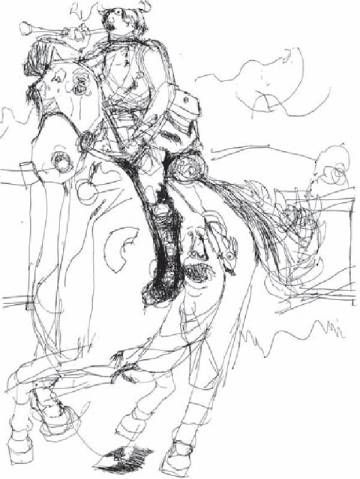Mass media advertising has a tendency to skew our priorities. It has us yearning for the unattainable, it glamourizes exotic locations by only showing them in perfect weather conditions. It convinces us that owning a luxury SUV will transform our driving experiences regardless of our congested roads.
But most of all, the insidious nature of advertising is that it has us valuing objects rather than feelings and ideas. As argued by author Alain de Botton, advertising has us losing sight of the value of almost everything that is readily to hand, we’re deeply ungrateful towards anything that is free or doesn’t cost very much. “We are prone to racing through the years forgetting the wonder, fragility and beauty of existence.”
And here, art can act as a corrective to our skewed values. In 1503, Albrecht Durer asked us to have some appreciation for some grass.
Albrecht Durer, A Large Piece Of Turf, 1503
Thanks to advertising, what we call glamour is so often located in unhelpful places: in what is rare, remote, costly or famous. And yet, the artist Chardin asks us to consider the value of a modest moment in a domestic setting.
Chardin, A Lady Taking Tea, 1735
Art can teach us the value of a walk down a quiet country road during a stormy evening where we can contrast the peace of a rural setting with the drama taking place overhead.
Storms Over The Goldfields , Oil On Canvas, 2019
It’s unlikely a travel brochure would wax lyrical about the frozen north, but I would argue that when the ice and snow has melted during the arctic (and Antarctic) summers, these regions have their own unique beauty.
Arctic Summer, Oil on Canvs, 2009
De Botton argues that it lies in the power of art to honour the elusive but real value of ordinary life. It may teach us to be more just towards ourselves as we endeavour to make the best of our circumstances.




















